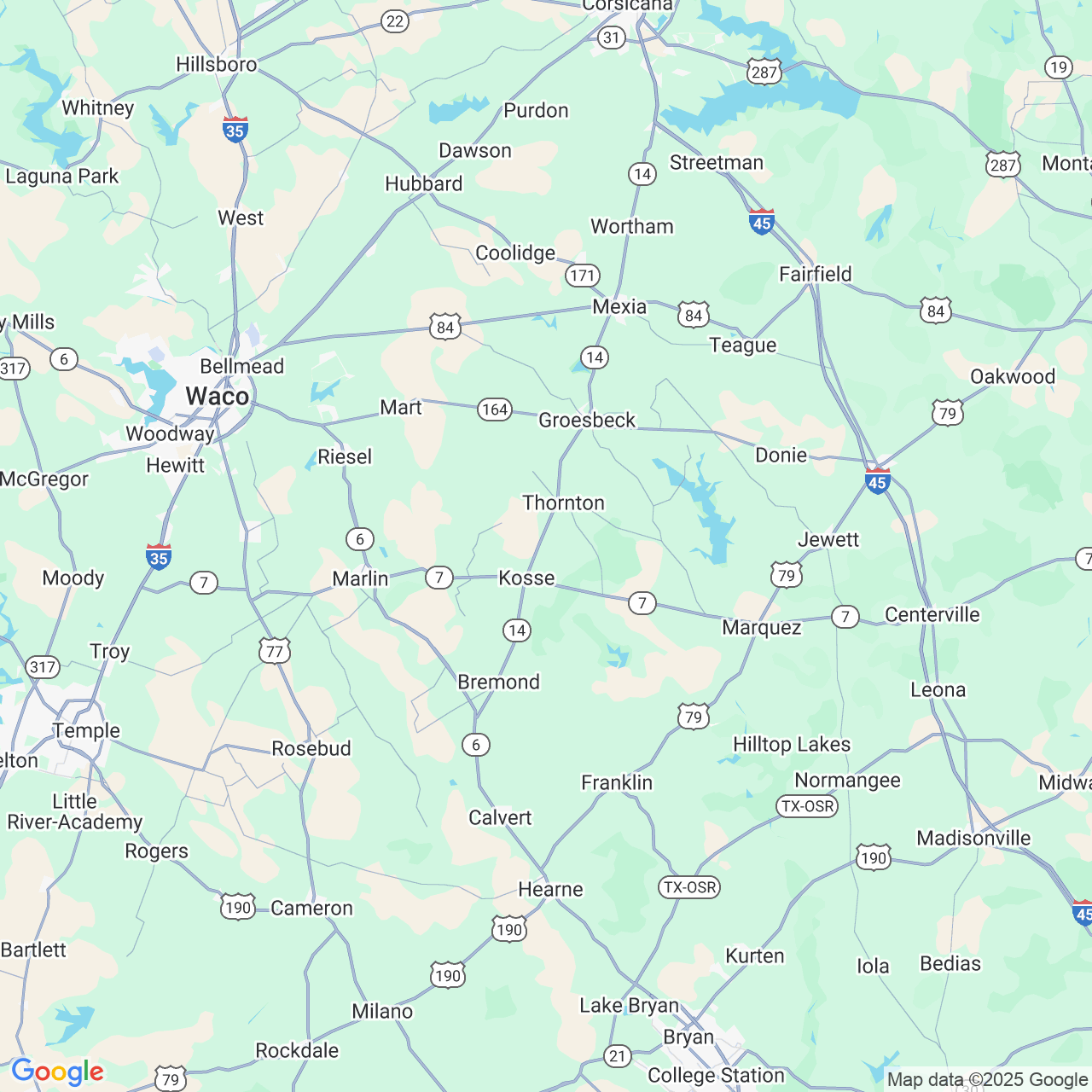Side Effects of Hair Transplantation
Androgenetic alopecia, better known as genetic hair loss, affects a large population of both men and women. If you are concerned by your thinning hair, then take solace in the fact that you are not alone. While a cure for genetic hair loss has yet to be discovered, current hair restoration methods can provide truly transformative results to give patients a full, youthful head of natural hair.
At Arocha Hair Restoration and Transplant Center, Dr. Arocha and his team employ a wide variety of the latest in modern hair restoration techniques. For patients experiencing a bothersome amount of hair loss who wish to explore all of their options, hair transplantation surgery is generally the most effective course of action. If you are interested in hair transplants or have recently undergone transplant surgery, then make sure you are well-informed about the side effects of hair transplantation.
Immediate Side Effects of Hair Transplants
Immediately following hair transplantation surgery, you can expect your scalp to be red, swollen and tender for the first couple of weeks. Once your scalp heals, the donor and transplant sites will scab over. In order to provide optimal results, make sure you do not touch your scalp or pick at your scabs during this vulnerable part of recovery. Freshly-transplanted hair grafts can easily become dislodged, so leave your scalp alone after surgery to ensure you do not interfere with your body’s natural recovery process.Immediate side effects will continue to diminish quickly, although erythema or scalp redness may take several months to fully dissipate. While you will technically be able to return to work and daily activities the day after your surgery, most patients opt to take a few days or a full week off from work to allow time for their most noticeable side effects to heal and to provide their bodies with an adequate amount of rest.
Delayed Hair Growth
While newly-transplanted hair grafts will provide you with a full, natural head of hair, it will take some time for results to visibly and fully develop. Losing your new hair about two or three weeks after surgery is an expected side effect of hair transplantation known as shedding. The transplanted follicular units will need some time to adapt to their new location and will shed their hair not long after surgery as a they shift into a temporary rest phase. The follicular units will then remain dormant for two to three months, thereafter they will start a new growth phase which should last 2-6 years.New hair growth will generally become noticeable between 4-6 months following surgery. Results will truly be evident around the nine-month mark, and you may even see improvement in your hair growth for up to 18 months.
What to Expect from Scarring
Two different surgical techniques exist for modern hair restoration surgery: follicular unit transplantation (FUT) and follicular unit extraction (FUE). During FUT, a small strip of the scalp is removed to provide the grafts needed for transplantation. While FUT and FUE are similar procedures that both produce impressive results, FUT has the main difference of leaving behind a linear scar from the excision.If non-dissolvable sutures were used to close your excision, then you will need to come in around seven to 10 days following surgery to have them removed. You can expect your wound to heal over completely within 7-10 days. Your scar will continue to develop and heal over the first several months, taking about one year before reaching full maturation. The matured scar should be thin and white, making it barely noticeable to the average eye if all post-operative instructions are followed. Dr. Arocha takes great care to ensure any scars from FUT are nonvisible and hidden within surrounding hair. However, keep in mind that until that scar is fully matured (6-12 months) it can stretch if heavy tension is exerted at the margins during heavy weight lifting exercises such as squats and shoulder shrugs.
While FUE does not completely eliminate the existence of scars, the procedure does tend to provide a minimal amount of visible scarring. Rather than remove a piece of the scalp to break it down into individual follicular units, a handheld punch device is used to remove the follicular units directly from the scalp. FUE still has the potential to leave behind small, white, circular scars, although they tend to be minimal and easily hidden by surrounding hair growth. The critical threshold for developing minimally visible micro-scars is using a punch .9mm or smaller.
Promoting a Healthy Recovery
While side effects are a normal part of the hair restoration process, there are steps you can take to help minimize the side effects of hair transplantation. Sleeping with your head upright for the first few nights will help manage swelling in your scalp and also prevent excessive irritation from your pillow that can cause grafts to become dislodged. Other lifestyle changes, like avoiding submerging your scalp while it heals, will be discussed before and after your procedure.Aside from making changes to your daily routine, you can also employ some more advanced methods to promote a healthier and stronger recovery. The regular use of medications like Propecia and Rogaine can provide quicker results, although you will need to refrain from using them for a brief period of time before surgery. If you are interested in complementing your hair transplantation surgery with additional treatments and medications, then let Dr. Arocha know during your initial consultation.



